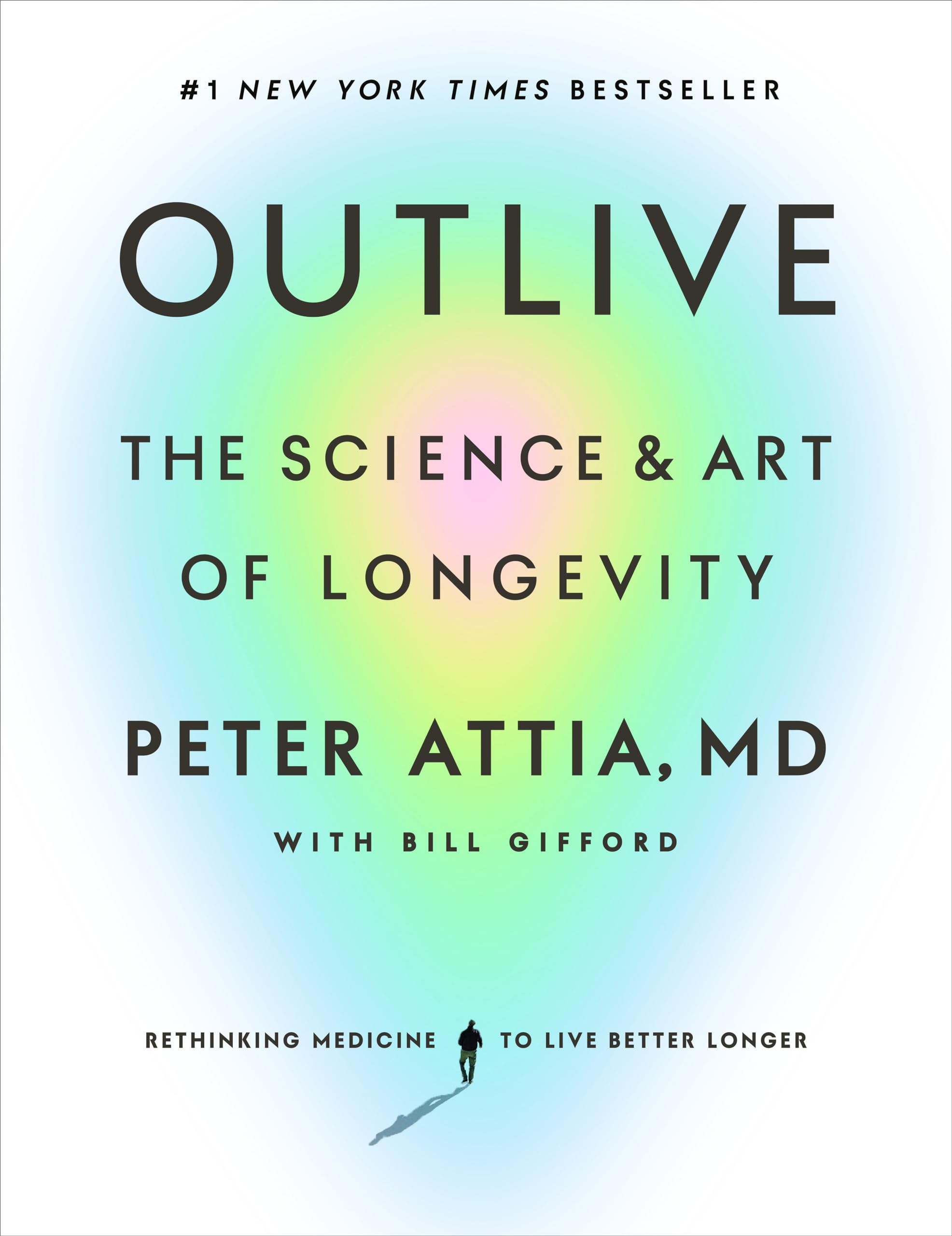Chapter 12: Training 101: How to Prepare for the Centenarian Decathlon
byChapter 12: Training 101: How to Prepare for the Centenarian Decathlon, explores a well-rounded approach to exercise, emphasizing its role in extending healthspan and preventing chronic illnesses. It underscores the importance of integrating aerobic endurance, strength training, and stability exercises to support long-term health and injury prevention. The discussion highlights how each element contributes to maintaining physical resilience, ensuring that the body remains capable and strong throughout the aging process.
A key component of this strategy is Zone 2 training, a moderate-intensity exercise level where one can still hold a conversation while working out. This method is particularly effective in enhancing mitochondrial function and improving metabolic flexibility, allowing the body to efficiently process both glucose and fats. Scientific evidence supports that maintaining mitochondrial health is crucial in preventing metabolic disorders and sustaining energy levels as one grows older.
Beyond moderate-intensity exercise, the chapter also delves into VO2 max training, which focuses on maximal aerobic effort. This type of high-intensity exercise is linked to longevity, as it strengthens the heart, improves oxygen utilization, and enhances overall cardiovascular fitness. However, the chapter advises that individuals should first build a solid foundation through Zone 2 training before incorporating more intense aerobic workouts to maximize benefits while reducing injury risks.
Strength training takes center stage in the discussion as another crucial pillar for long-term health and physical autonomy. The chapter highlights the necessity of developing muscular strength, particularly in movements that translate into daily functionality, such as lifting, gripping, and balancing. Research has shown that grip strength, in particular, correlates strongly with longevity and serves as a reliable predictor of overall health and independence in later years.
Another significant takeaway is that strength training acts as a “retirement savings” for muscular health, ensuring that individuals maintain mobility and functional ability well into old age. The text explains that muscle mass and strength naturally decline with age, but resistance training can slow or even reverse this process. It stresses that focusing on functional strength—not just aesthetics—helps maintain quality of life, reducing the risk of falls, fractures, and loss of independence.
In addition to endurance and strength, stability training is emphasized as a fundamental component of a longevity-focused exercise plan. Stability exercises improve coordination, balance, and joint integrity, reducing the likelihood of injuries that often accompany aging. By integrating stability drills into a regular workout routine, individuals can enhance their neuromuscular control, making daily movements more fluid and reducing strain on the body.
The chapter presents a compelling case for viewing exercise not just as a means to achieve short-term fitness goals but as a lifelong investment in overall health and well-being. The approach prioritizes sustainability, ensuring that fitness routines evolve with age to meet changing physical needs. By committing to a balanced mix of aerobic training, strength development, and stability work, individuals can optimize their healthspan and enjoy a higher quality of life as they age.
Additionally, emerging research supports the idea that varying exercise intensity and incorporating periodized training can optimize results while minimizing fatigue and overuse injuries. This method involves cycling between different training intensities, ensuring continuous progress without excessive physical strain. By balancing high-intensity workouts with recovery-focused activities, individuals can enhance endurance, strength, and mobility in a sustainable manner.
Ultimately, the chapter advocates for a holistic, proactive approach to fitness, emphasizing the need for an adaptable, long-term strategy rather than quick fixes. The goal is not just to live longer but to thrive, maintaining vitality, independence, and physical resilience against the natural effects of aging. By incorporating these principles, individuals can create a fitness regimen that not only extends lifespan but enhances overall well-being for years to come.


